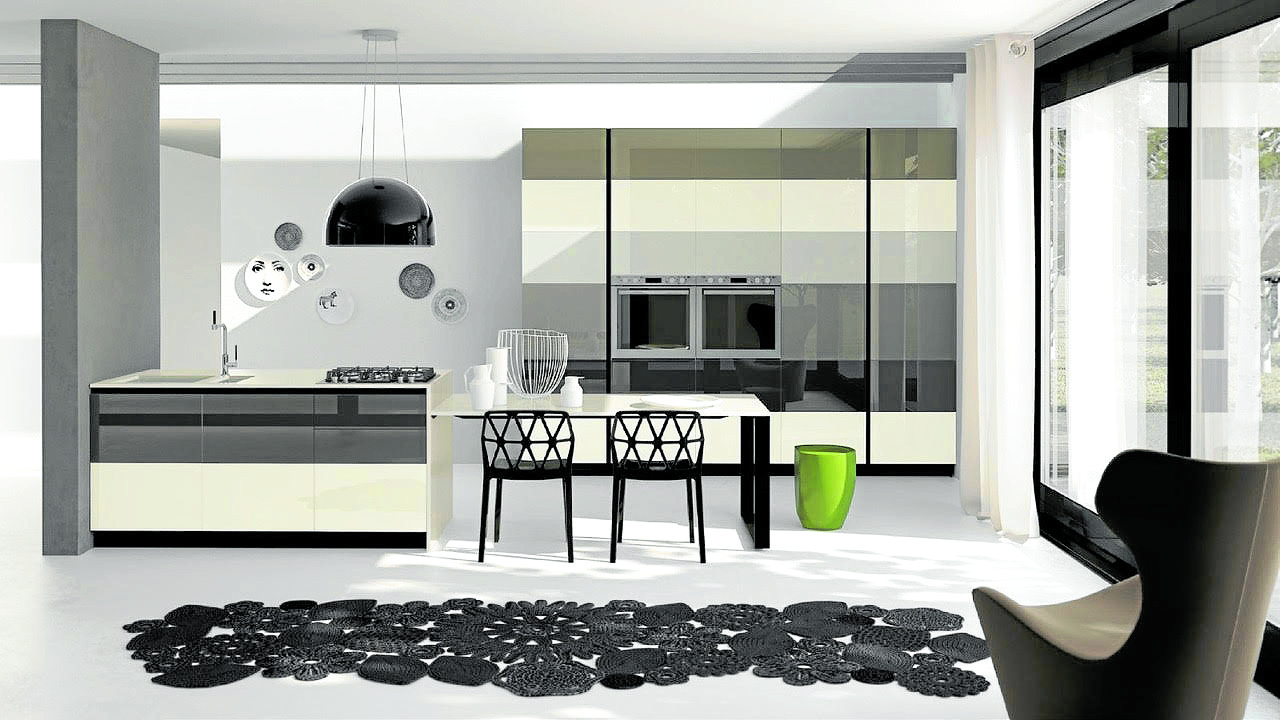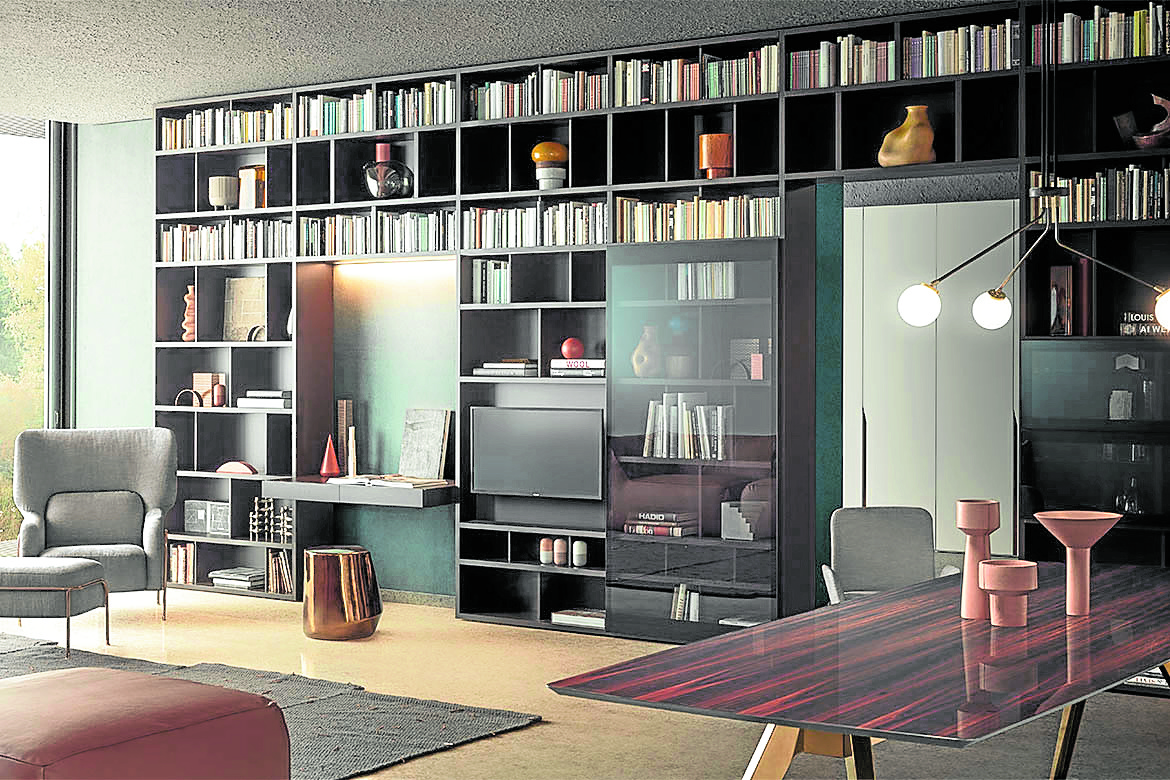
A kitchen for ‘Ideation’—the talent that is fascinated by ideas, creativity and originality. (The Tetrix kitchen by Scavolini Italia from Modularityhome.com)
“What would happen if we studied what was right with people versus what was wrong with people?”
This was the question former WWII aircraft navigator and bombardier, Don Clifton, asked when he returned from war. After his horrific experience in the combat zone, he resolved to devote his life contributing to human development. His research work led him to develop the “CliftonStrengths” assessment, an array of 34 “naturally recurring patterns of thought, feeling or behavior,” the “innate, natural abilities you can productively apply” to the many different aspects your life.
The principle behind the CliftonStrengths is the concept that we are naturally strong, talented or inclined to certain ways of being or doing. And if we manage to figure out those natural inclinations, then we can hone them to be our best strengths.

Someone with ‘Input’ as a talent loves to collect and archive, and will need lots of storage for memorabilia, books, music, even quotations and facts, for compiling and filing. (‘Spazioteca’ bookshelf from @modularityhome)
It was a few years ago that I was browsing through shelves at a bookstore when I spotted the “StrengthsFinder 2” book. I bought it and eventually read it, but never fully maximized my learnings from it because I never took the assessment (I know, facepalm) that would determine my strengths—or, as they had termed it, my unhoned skills or “talents.” A few years later, my sister-in-law Tina Alafriz, a certified Strengths coach, offered to conduct coaching sessions, and my thrill with this framework for self-development was born.
The concept of honing talents makes so much sense when you think about how much effort it would take to improve on something you are horrible at.
The framework of development builds instead on the maxim that “you cannot be anything you want to be, but you can be a lot more of who you already are” as against“ you can be anything you want, if you just try hard enough,” which will require monumental effort if you fall at the far negative end of the natural talent spectrum.
People with the theme of ‘Context’ enjoy thinking about the past, and work on their current or future endeavors as it builds from their past experiences. Here, the contemporary ‘Flavio’ worktable by Porada, set in classic leather, surrounded by classic elements is a room for this talent. (Porada through Homestudioinc.com or @homestudio_ph).
The assessment starts off with an online questionnaire, which you can find at the Gallup site. It can be completed in some 45 minutes, and determines the hierarchy of the 34 talents that you naturally possess, taking the top five as those which one should look at advancing and maximizing, and considering the next five as the second tier of what to hone into a strength.
After a few coaching sessions, the internal matching game of what I do naturally, how to take full advantage of them, and how to maximize their use on an everyday, began. Being the architect-designer that I am, I began looking at my spaces, trying to understand how my talents have influenced the way I live, work, worship and play. And what a revelation.
While our spaces may be dictated upon by our physical and functional needs, the details of how our files are arranged, or how we communicate with others, the tools we choose to use, how we look at or interact with people, are driven by the roles we play. However, there are many ways they can serve us if we throw in a bit of scrutiny.
The ‘Connectedness’ talent can work in several ways. One is by literally connecting on a spiritual level, intuitively looking at the world as if everything is linked, and another is by looking at the world in the more physical or virtual sense, literally overlooking and connecting with more than one monitor. (Humanscale Float Table from Contractworldfurniture.com)
Hence, my first instinct was to do some internal sorting, figuring out if my so-called talents match what I declare as my life’s purpose and the various functions I have to perform. Then I had to take stock of the physical realm around me and see if my talents showed through them. I then scrutinized my style of work and how my talents might be even better supported by my spaces. I included my rest and restoration spaces, too, and my hobby areas as well.
There were moments of being stumped by my lack of awareness to things I could accomplish better, and I was only too happy to be re-evaluating my activities. For some, that would mean rearranging closets and storage spaces. For others, it could be assessing the current digital equipment that enable connections and communication. For me, it meant carving out spaces for quiet reflection and thinking, auditing all my gadgets and my ability to contact people quickly. Given the pandemic, it also meant completely re-organizing all my filing spaces and identifying work areas that made me effective in my various endeavors.
As for all my other idiosyncrasies: the odd habits, strange accumulations and self-expressions that swung from the excessive to the bare minimal, I think I’ve finally figured them out. Currently, I’m working on getting my talents to move top-notch into strengths, and I have everything around me to support that.
I asked myself in that bookstore: “Do I even truly know what my strengths are?” Now I do: Connectedness / Ideation / Intellection / Maximizer / Learner.
A good space for someone with ‘Focus’ as a talent: minimal, crisp and clean. (‘People’ system of Pianca from @modularityhome)
(The Philippine Strengths Community will be holding its 2020 Strengths Philippines Conference: “Powered by Strengths” on Oct. 23 and 24. Register through https://bit.ly/StrengthsPhilippinesConference2020)

